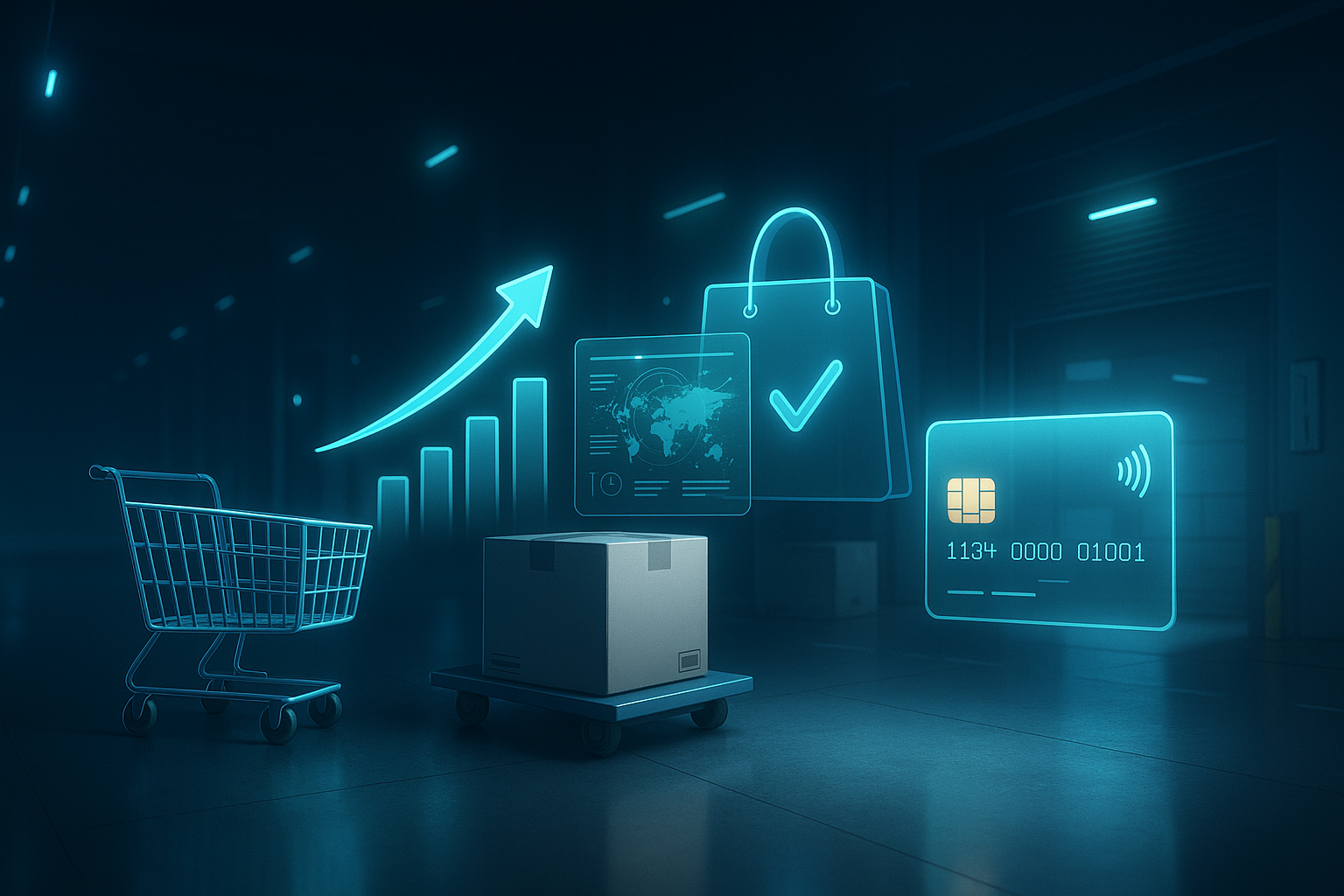

Make or Break Your Future B2B eCommerce
Today B2B buyers expect an online experience similar to B2C. Businesses are starting to modernize their B2B eCommerce efforts but there’s still several challenges that prevent companies from building and launching efficient digital experiences. Outdated systems are often the root of the problem. In this article, we will explore how your company can start moving from classical ERP and systems to modern B2B eCommerce.
What is B2B eCommerce?
B2B eCommerce is the online sales of goods between businesses, and it’s a sector that’s growing rapidly. While the options for B2B eCommerce platforms have traditionally been rather limited, there are now a growing number of viable channels which businesses can use to effectively expand their reach, and get their products and services to the right people.
With Forrester predicting B2B eCommerce sales will hit $1.8 trillion in the US by 2023, it’s clear that B2B businesses need to get themselves in gear, and implement the necessary internal structures now in order to stay competitive in the digital future.
What is ERP?
Enterprise Resource Planning (ERP) is a software system of company data that allows businesses to have full view and control over multiple aspects of their operation - including eCommerce, supply chain, accounting, procurement, and many others.
ERP is an evolution of Material Planning Resource (MRP) for businesses to track inventory and materials from one centralized system to increase efficiency and productivity.
Over time, technology and innovation have developed and adapted to internal customer needs. These systems such as SAP ERP and Oracle ERP grew into monolithic structures that allowed various departments to communicate and share data and information across an organization.

Challenges with classic ERP systems
Despite the relevance and use of legacy ERP systems, these monolithic ERPs are not enough anymore, as customers and eCommerce are changing.
Not suited to a multi-channel approach
Traditionally, ERP systems were built for internal organization and information sharing, not for modern sales across multiple channels such as the website, the mobile and other AI and IoT enabled channels. Today’s multiple channels require a transformative and generational modernization to meet new demands in order for a business to scale.
Too dependent on interconnected modules
Many ERP eCommerce solutions depend on multiple layers of modules to connect and send data to and through various systems, often as part of a monolithic system. This means that if one aspect of the system fails, the entire system follows, requiring extensive time and resources to fix.
Let’s take a look at how businesses can move their ERP into a modern eCommerce solution.

Let’s take a look at how businesses can move their ERP into a modern eCommerce solution.
Step 1: Evaluate your current ERP capabilities
Step 2: Identify key issues
Step 3: Focus on organizing your data
Step 4: Decouple your backend and frontend
Step 5: Test, train and learn
Download our guide for details on each step
Make or break your business
By unifying your business under a single, centralized view, synchronizing your data across platforms and new sales channels while automating labor intensive processes, you’ll be prepared for the future.
Moving your classic ERP to a headless B2B eCommerce solution is the difference between making and breaking your business. Meeting your customers' demands and offering a consistent, rich experience is no longer a “nice to have” but a question of survival. Businesses must adapt and adjust their digital eCommerce model. Fast.


-modified.avif)

.jpg)

